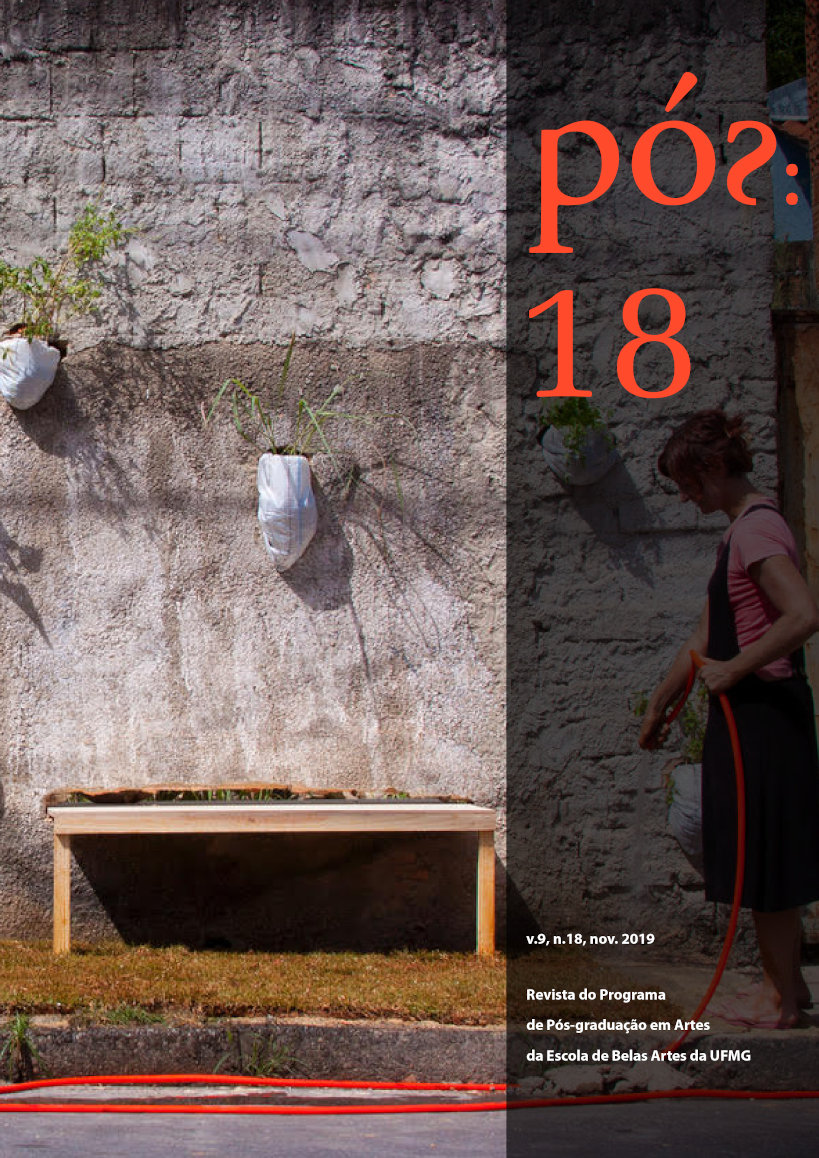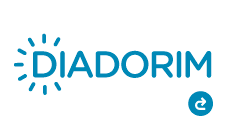Edward Yang revisited
Imagery, autofiction and temporality
DOI:
https://doi.org/10.35699/2237-5864.2019.16115Keywords:
Edward Yang, Narrative regimes, Language of cinemaAbstract
This study deals with imagery, history and temporality in the Edward Yang. It aims at investigating how these dimensions are configured through a regime de imagéité (regime of imagery) that worked within degrees of closeness and distancing of visibility and invisibility, based on the conception of the cinematographic network in order to bring forth the narrative materiality of the story, its labyrinthine and circular temporality. It will present a contextual and filmic analysis of That day on the beach (1983), A brighter summer day (1991) and Yi Yi (2000). Results show that, through the configuration of narrative regimes regarding the central questions of cinema (imagery, history and temporality), these films are constituted as language, while also being constituted in a dialectical relationship with the social reality that they address and with the historical world that they (re)invent, (trans)figure and (de)construct, with significant doses of autofiction and an intersection between individual and collective histories.
References
AUMONT, Jacques; MARIE, Michel. Dicionário teórico e crítico de cinema. 5. ed. Campinas: Papirus, 2012.
BADIOU, Alain. O cinema como experimentação filosófica. In: YOEL, Gerardo (org.). Pensar o cinema. São Paulo: Cosac Naify, 2015. p. 31-82.
BURDEAU, Emmanuel. Rencontre avec Hou Hsiao-hsien. In: FRODON, Jean-Michel (org.). Hou Hsiao-hsien. Paris: Editions Cahiers du Cinema, 2005. p. 65-133.
CHIAO, Peggy. Aux sources du sentiment national. In: FRODON, Jean-Michel (org.). Hou Hsiao-hsien. Paris: Editions Cahiers du Cinema, 2005. p. 49-51.
CHION, Michel. A audiovisão. Lisboa: Edições Texto & Grafia, 2016.
COLONNA, Vincent. Tipologia da autoficção. In: NORONHA, Jovita Maria Gerheim (org.). Ensaios sobre a autoficção. Belo Horizonte: Editora UFMG, 2014. p. 39-68.
GASPARINI, Philippe. Autoficção é o nome de quê? In: NORONHA, Jovita M. Gerheim (org.). Ensaios sobre a autoficção. Belo Horizonte: Editora UFMG, 2014. p. 21-38.
FELIPE, Marcos Aurélio. Problemáticas do contemporâneo em Tsai Ming-liang: memória, distanciamentos e sexualidade. Aniki, v. 5, n. 2, p. 257-283. 2018.
FELIPE, Marcos Aurélio. Dimensões (auto)biográficas em Hou Hsiao-hsien. E-compós, v. 22, p. 1-23, 2019.
FRODON, Jean-Michel. En Haut du Manguier de Fengshan, Immergé dans L’espace et le Temps. In: FRODON, Jean-Michel; SALLES, Walter (org.). Hou Hsiao-hsien. Paris: Editions Cahiers du Cinema, 2005. p. 11-28.
FRODON, Jean-Michel. Le cinema d’Edward Yang. Paris: Éditions de l’éclat, 2010.
JEANNELLE, Jean-louis. A quantas anda a reflexão sobre autoficção? In: NORONHA, Jovita Maria Gerheim (org.). Ensaios sobre a autoficção. Belo Horizonte: Editora UFMG, 2014. p. 127-164.
LECARME, Jacques. Autoficção: um mau gênero? In: NORONHA, Jovita Maria Gerheim (org.). Ensaios sobre a autoficção. Belo Horizonte: Editora UFMG, 2014. p. 67-110.
LEJEUNE, Philippe. Peça em cinco atos. In: NORONHA, Jovita Maria Gerheim (org.). Ensaios sobre a autoficção. Belo Horizonte: Editora UFMG, 2014. p. 21-38.
LOPES, Frederico. Um certo sorriso e a urgência do olhar. Doc On-line, n. 2, p. 130-134, jul. 2007.
MONTEIRO, Lúcia Ramos. Diante da catástrofe. Imagem em movimento, imagemapagamento e cemitério marinho. Ars, n. 33, ano 16, p. 197-217, 2018
PEREIRA, Ana Catarina. A insustentável leveza do ser em Yi Yi. O Olhar, São Carlos, n. 24-25, p. 1-9, jan./dez. 2011.
RANCIÈRE, Jacques. O destino das imagens. Rio de Janeiro: Contraponto, 2012.
RANCIÈRE, Jacques. Historicidade no cinema. Significação, São Paulo, v. 44, n. 48, p. 245-263, jul./dez. 2017.
WU, Isabelle. Edward Yang: cine-topographie. In: FRODON, Jean-Michel. Le cinéma d’Edward Yang. Paris: Éditions de l’éclat, 2010. p. 216-220.
Downloads
Published
How to Cite
Issue
Section
License
Authors who publish in this journal agree to the following terms:
- Authors retain copyright and grant the journal the right of first publication, with the work simultaneously licensed under the a Creative Commons Attribution-NonCommercial 4.0 International License that permits sharing of the work with acknowledgement of authorship and initial publication in this journal;
- Authors are permitted to enter into additional contracts separately, for non-exclusive distribution of the version of the work published in this journal (e.g., the Creative Commons Attribution License).
- Authors are permitted and encouraged to publish and distribute their work online (e.g., in institutional repositories or on their home page) at any point before or during the editorial process, as this may generate productive changes as well as increase the impact and citation of the published work.
- It is the responsibility of the authors to obtain written permission to use in their articles materials protected by copyright law. Revista PÓS is not responsible for copyright breaches made by its contributors.












